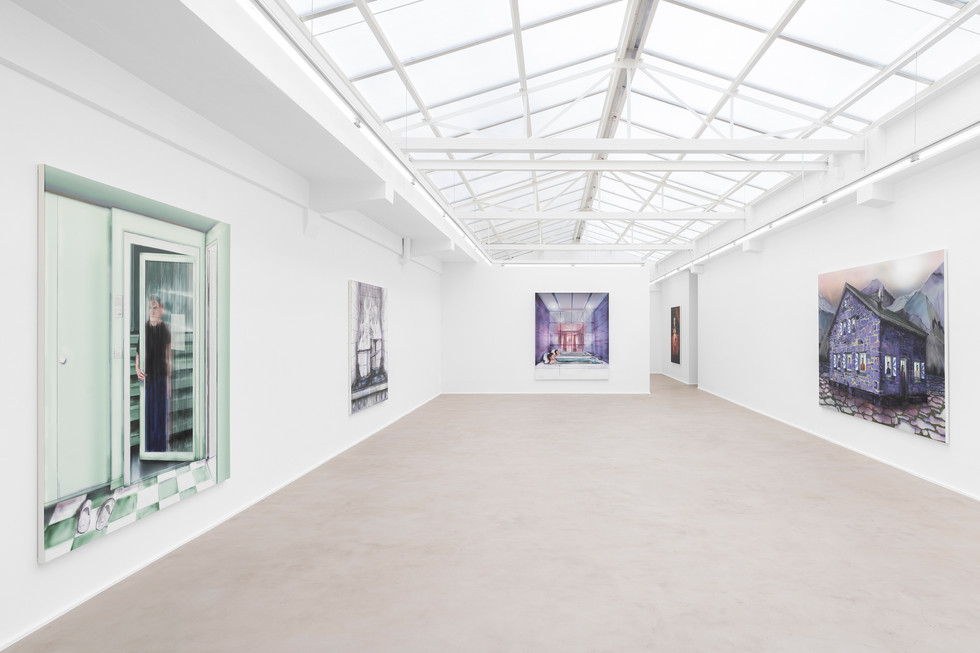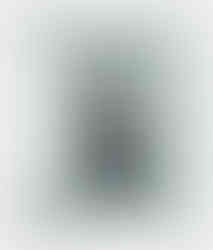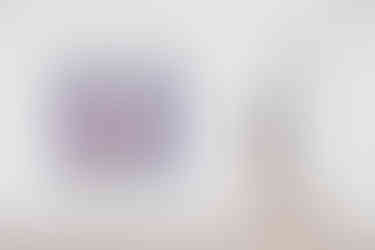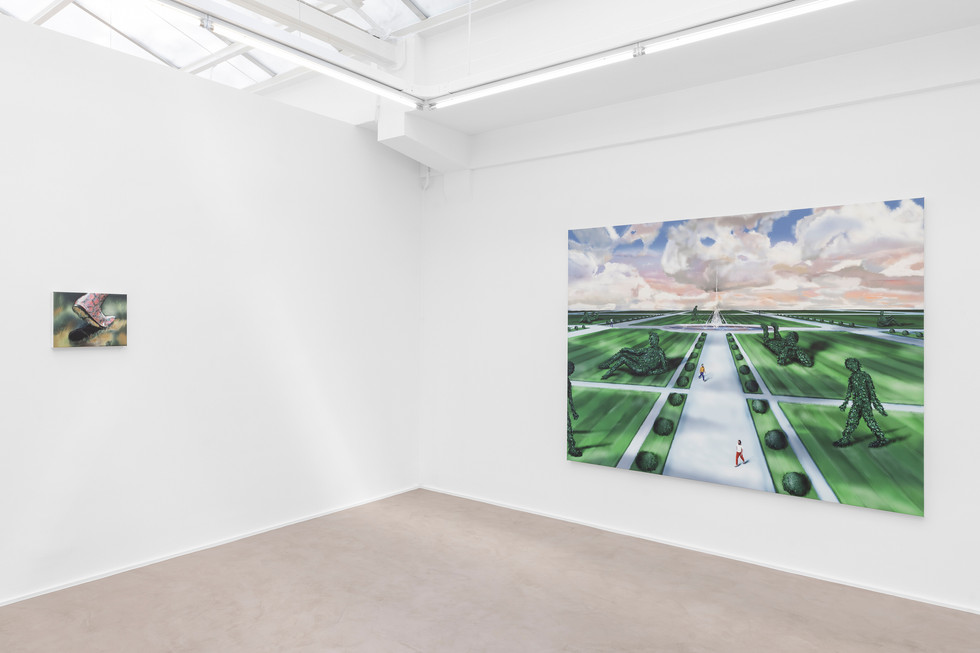LOUISA GAGLIARDI AT RODOLPHE JANSSEN
"Around the Clock"
- Until 22.10.22
The method of loci is a mnemonic device used for perfecting the act of cognitive recall, designed to enhance memory’s function through the construction of a mental form of architecture(1). The “memory palace”, as it has often been referred to, is an immaterial construction visualized as a familiar space, or place. The intent is that through memorizing a particular site, one can train the mind to enact specific recollection based on the location of information within this mental architecture. Visualizing oneself searching for knowledge in this way is considered a method of enhanced recall, one aided by this palace of the mind. A mind palace is often familiar to its maker. It could be an ornate folly or as simple as a stone structure, like a house. When navigating the enclaves of the mind, memory operates as the mortar for the bricks from which this architecture is constructed.
In the house Louisa Gagliardi builds, memory is neither flawed nor fixed, it is a viscous material imbued into the structural environs of the subconscious. Here the mind oozes through recollections of lived and cinematic experiences. Events are obfuscated between fact and fiction while smeared across smooth and glossy surfaces. Iridescent and translucent, meaning slips along shapes, places, and people, pooling at the fissures between shrouds of synthetic layers. In this world, the mind is a composite, it is both body and architecture—twilight figures blend intermittently between depth and flatness, all the while existing within a liminal state of chiaroscuro shadow.
Around the Clock, the artist’s third solo presentation at the gallery, melts formals referents together into the iconic alloy of the artist’s images. Tethered to the familiar like an ominous déjà vu, Gagliardi transports us into a world seemingly ambivalent of our presence. As viewers, we are caught between the thresholds of seeing and being seen, unclear if we are invited into this act of total recall. Yet as viewers our voyeurism is implicated through the triangulation of the gaze— onto subjects, towards each other, and finally onto ourselves, as the artist employs us as equal actors into her foreboding tableaus.
Cinema, like painting, is psychological art. Action slides between stasis and movement; in the passive gesture of watching, time slows down into frozen moments between gazes. These works enact a melodrama in slow-motion, stretched outside of a celluloid chronology. Through a process manipulating printed PVC plastic, Gagliardi translates her pictures from digital to physical. This action allows her images to float between rendering and painting, copy and original. In doing so the artist folds together nostalgia and memory into shimmering constructions built from mercury in a perpetual state of retrograde. By assembling these images as a series of psychological rooms, a palace of the subconscious is built. As either resort destination or formal purgatory, this place is seemingly isolated from the turning movement of the world. Even so, in the fantastical realms of the subconscious reality tends to slip through its sheen, uncannily familiar. All the while we are placed outside, looking in through windows.
- Alex Turgeon
(1) Nolen, Jeannette L.. “mnemonic”. Encyclopedia Britannica, 18 Sep. 2019, https://www.britannica.com/topic/mnemonic. Accessed 5 August 2022.





























Comments